Addressing Healthcare Challenges for Aboriginal Australians
VerifiedAdded on 2023/01/16
|19
|1771
|82
Presentation
AI Summary
This presentation analyzes the significant healthcare challenges faced by Aboriginal peoples in Australia, highlighting issues such as mental health, chronic diseases, and access to healthcare in rural communities. It explores the impact of inadequate health centers, transportation barriers, and workforce shortages on the well-being of Indigenous populations. The presentation also examines challenges related to cultural differences, language barriers, and the lack of trust in the Western medical system. Furthermore, it emphasizes the role of public health in improving primary care, integrating public health and healthcare delivery systems, and advocating for healthcare reforms. The document also discusses the impact of urbanization, issues in the medical research sector, social determinants of health, and the adoption of health insurances, offering a comprehensive overview of the complexities within Aboriginal healthcare. The presentation uses the provided references to support its arguments and provide context to the challenges and solutions presented.
1 out of 19
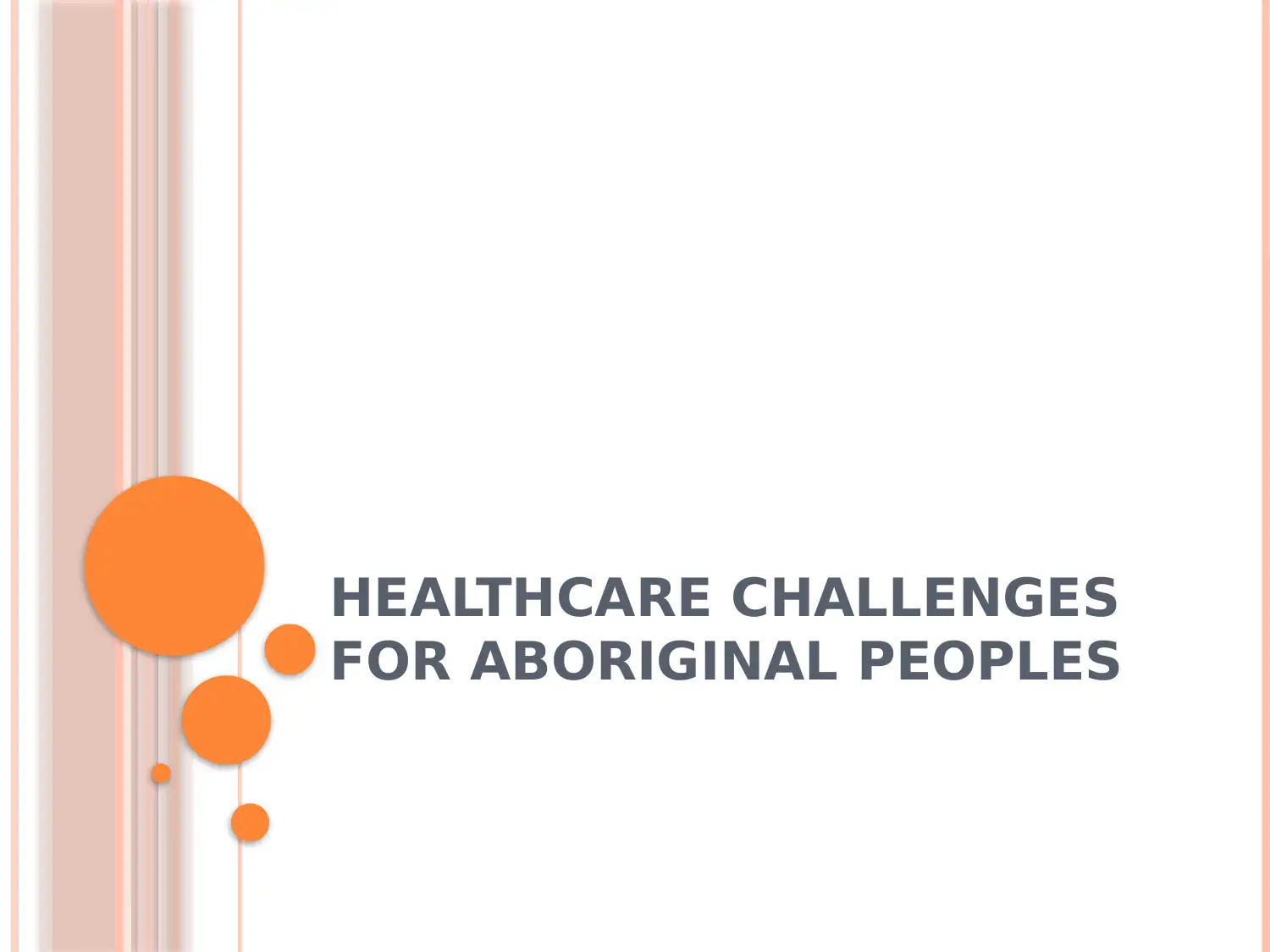
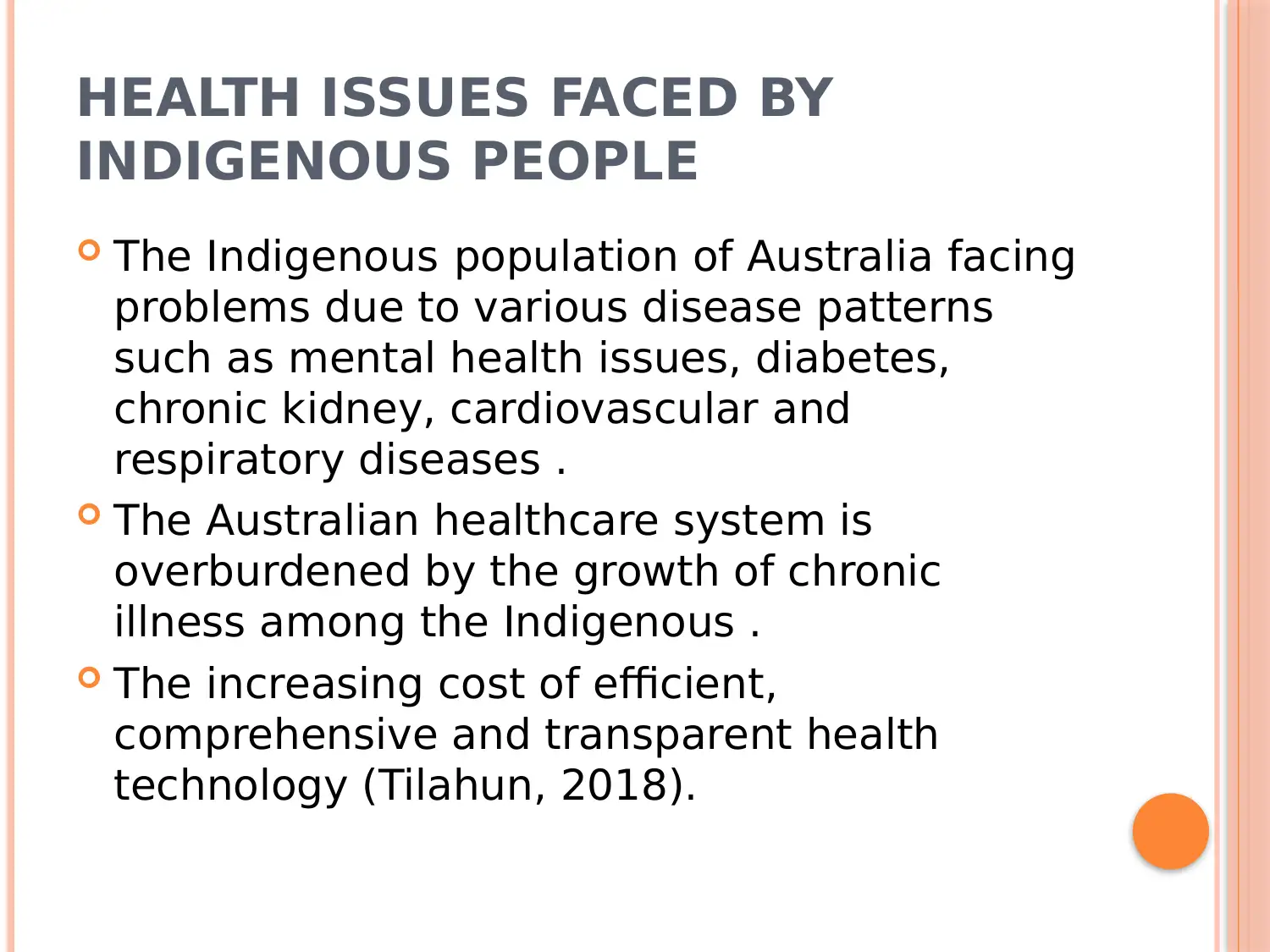
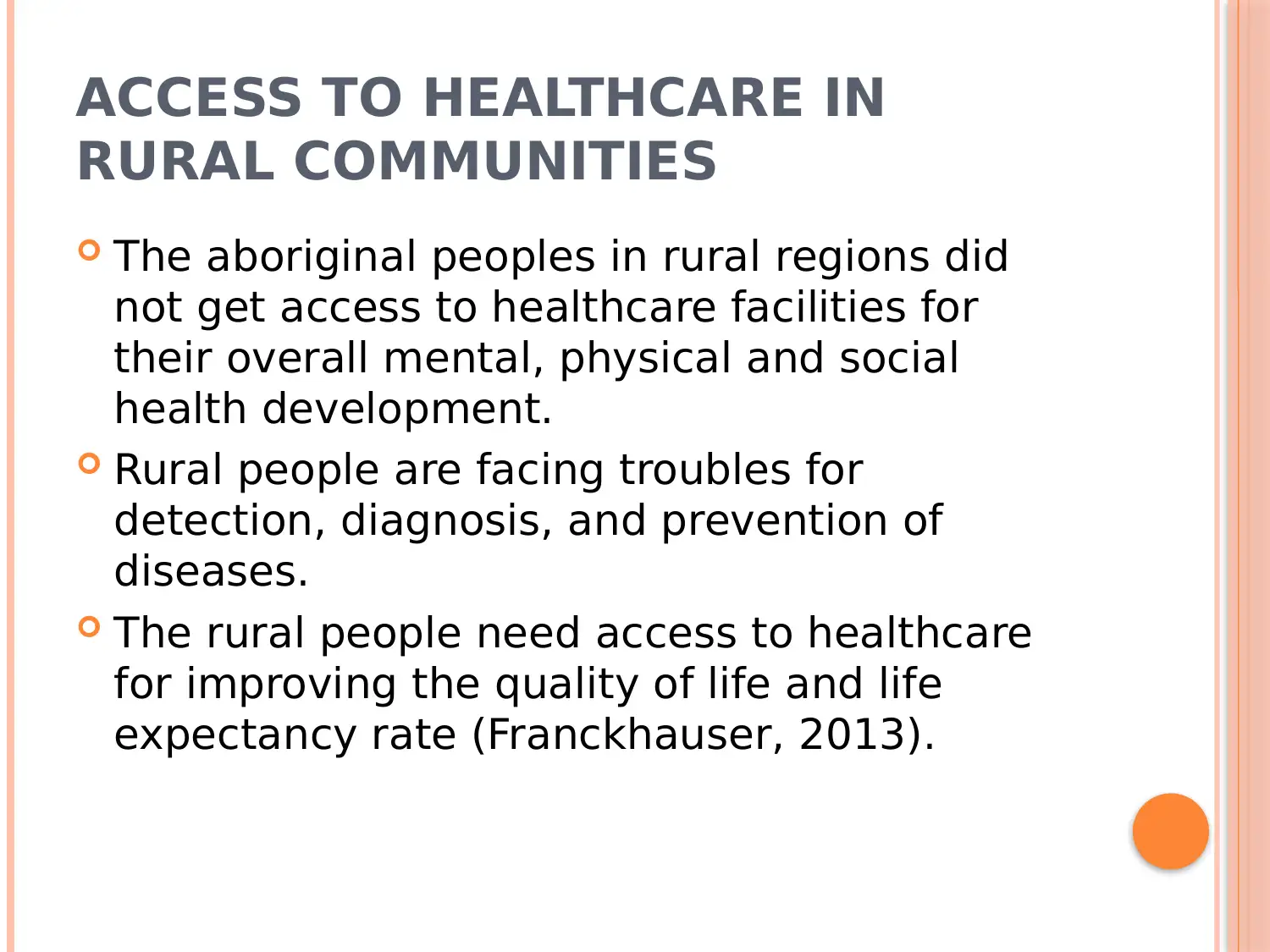

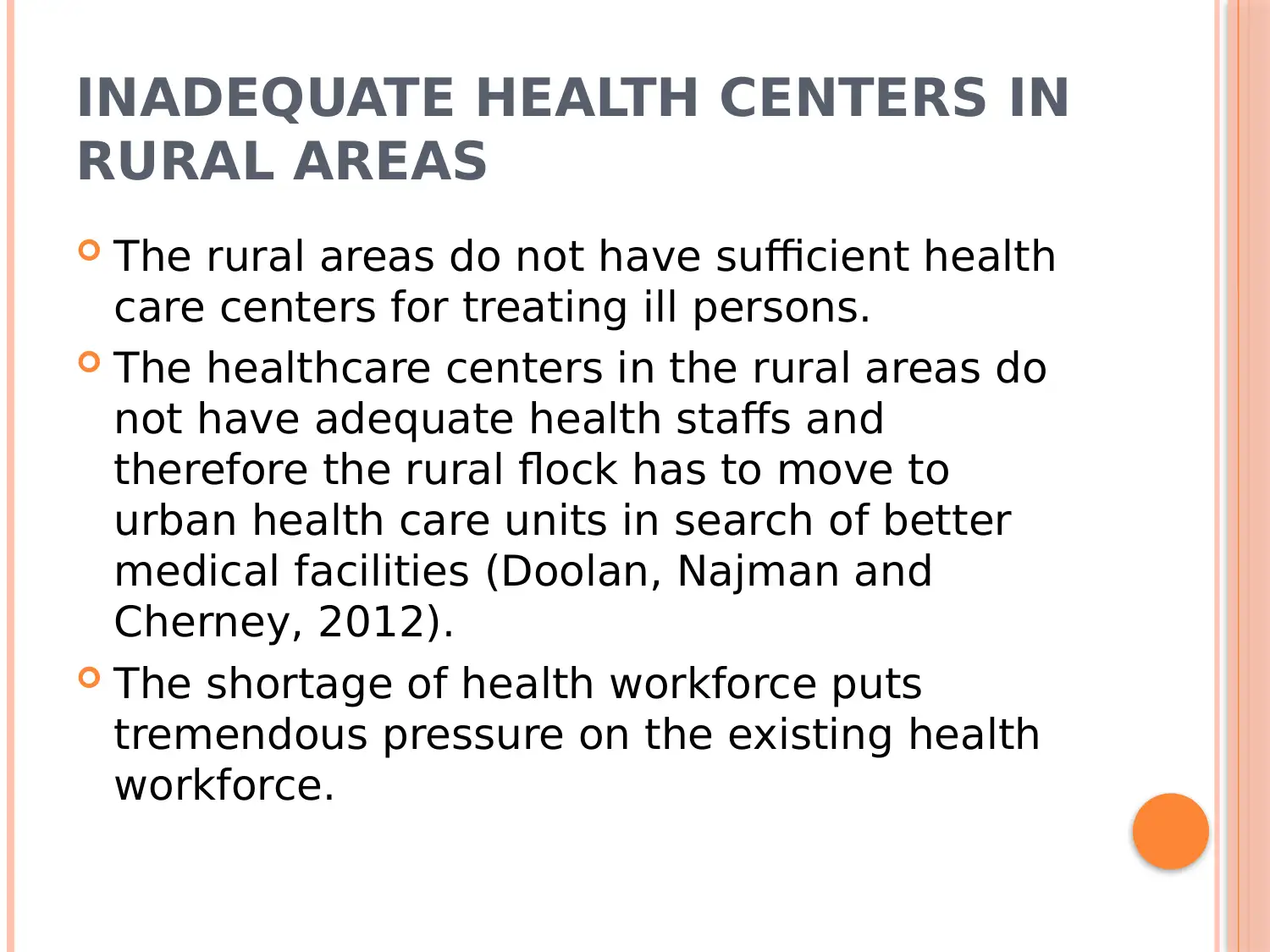
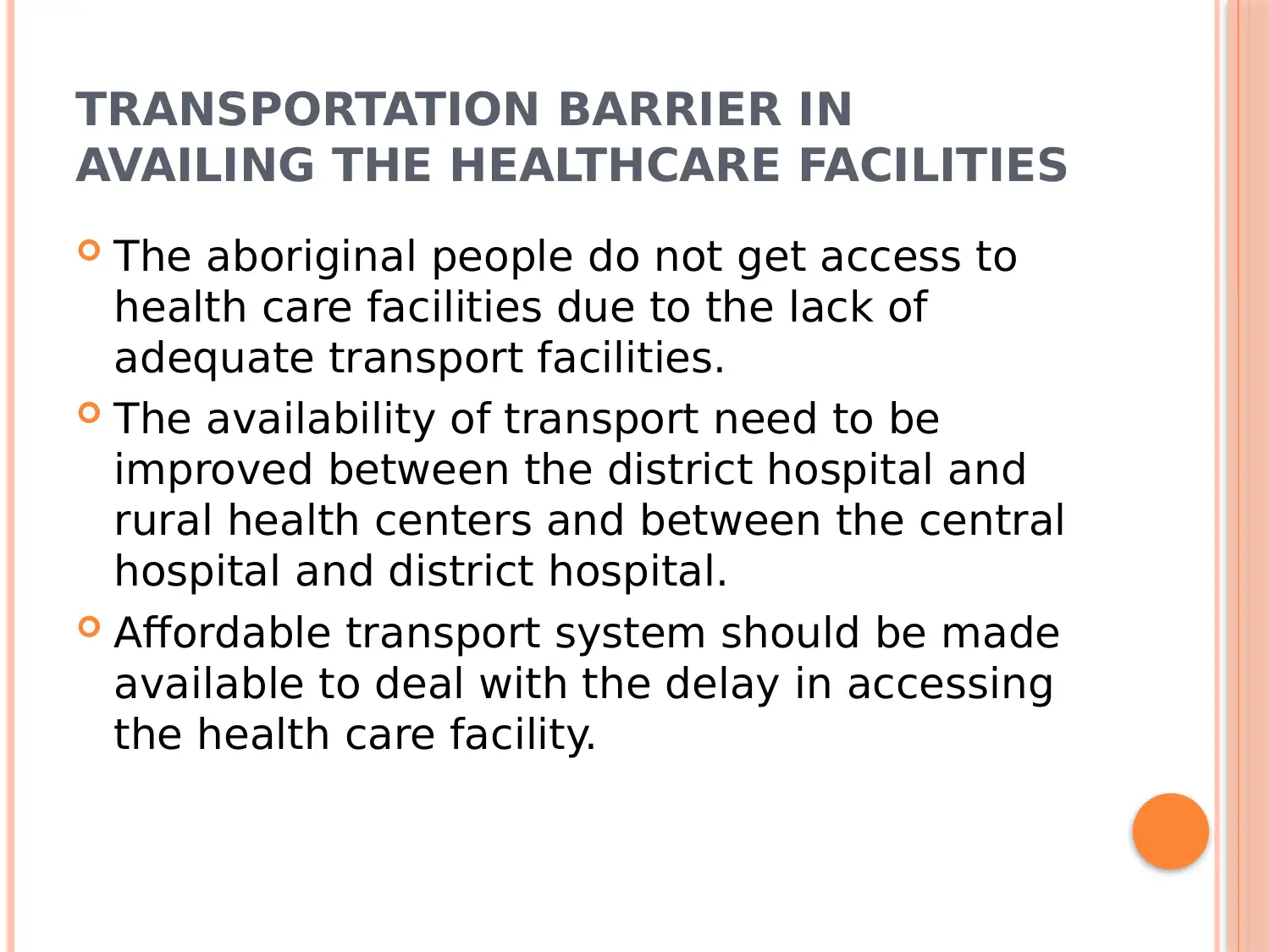
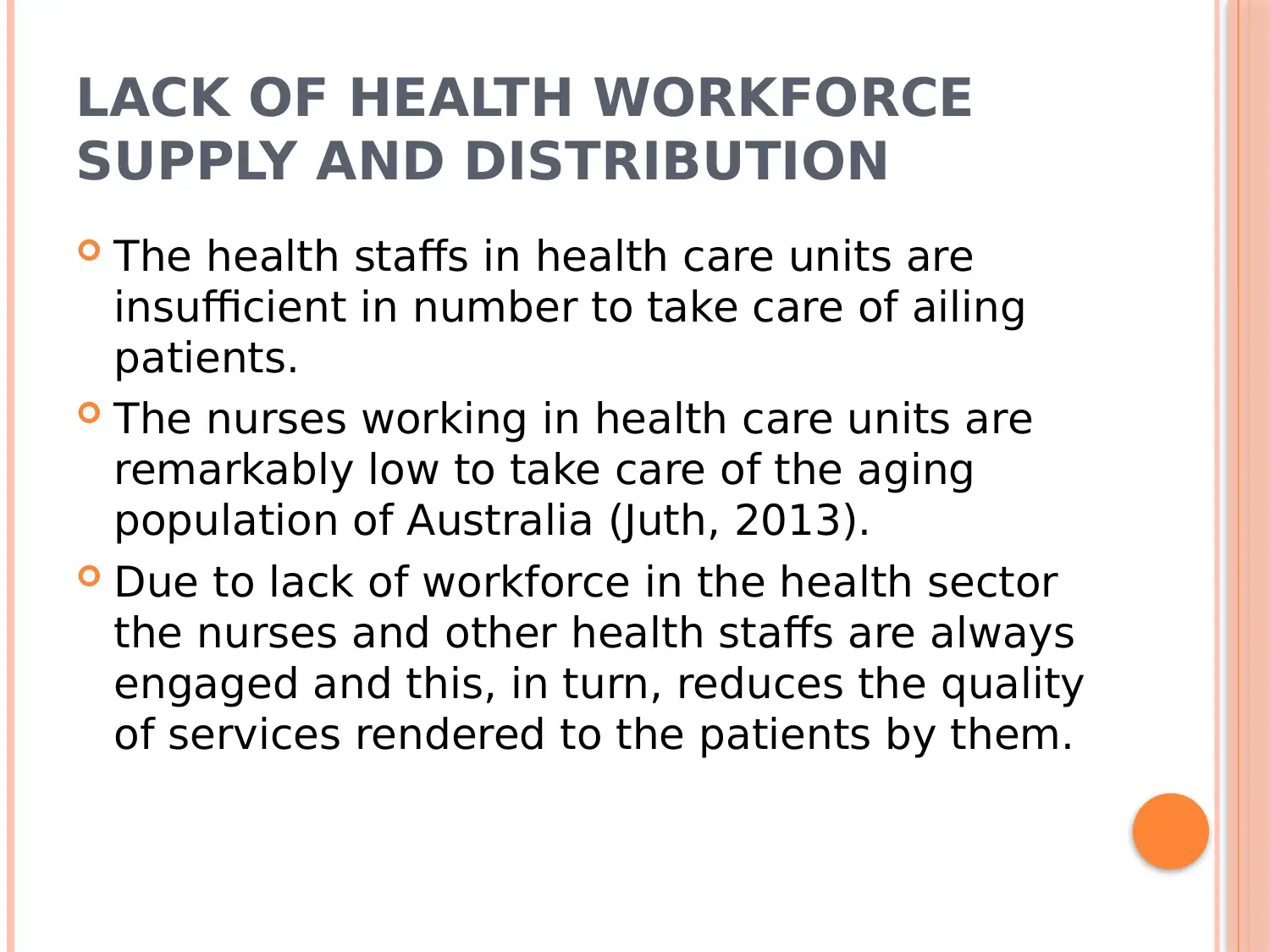
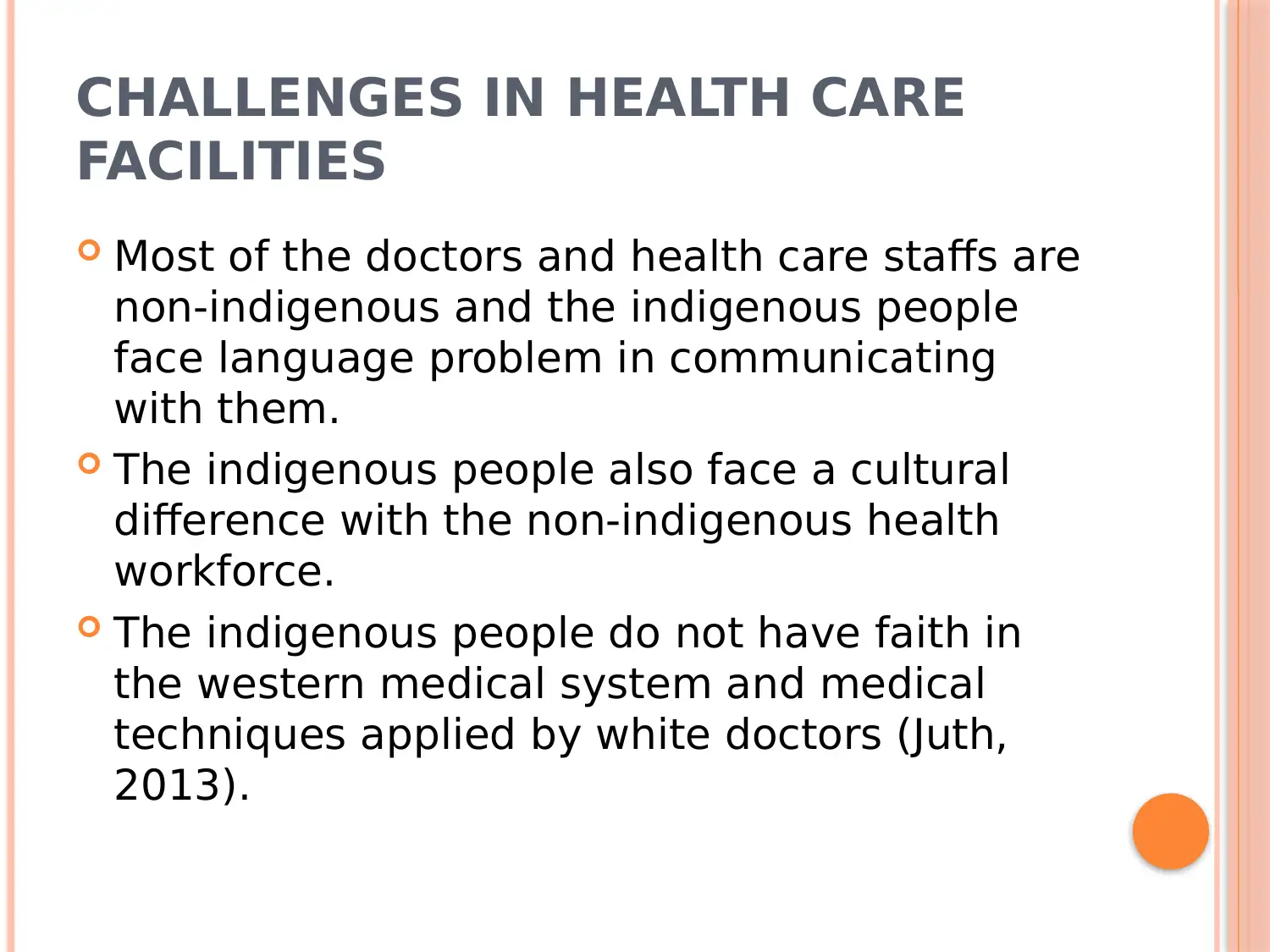
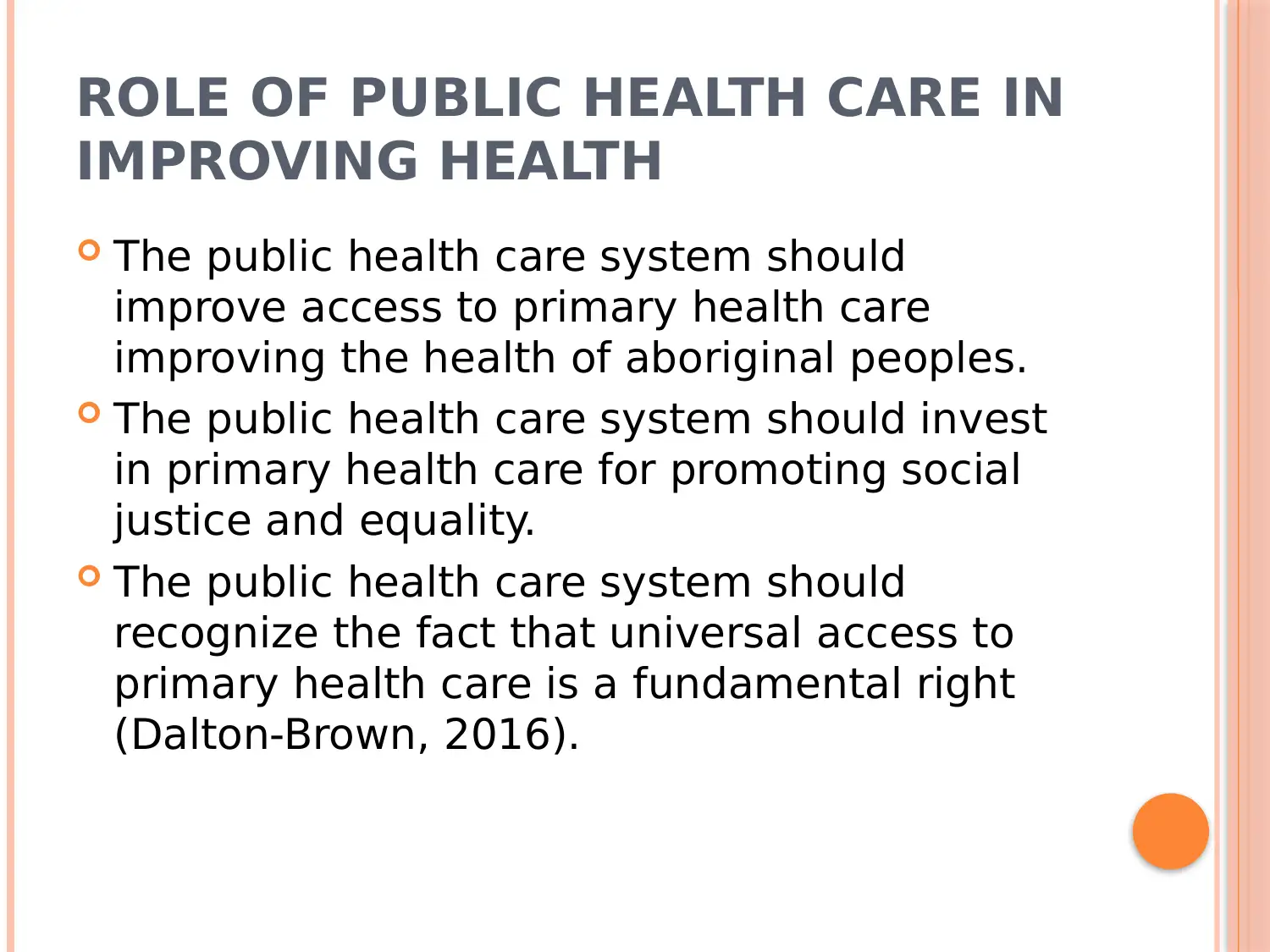
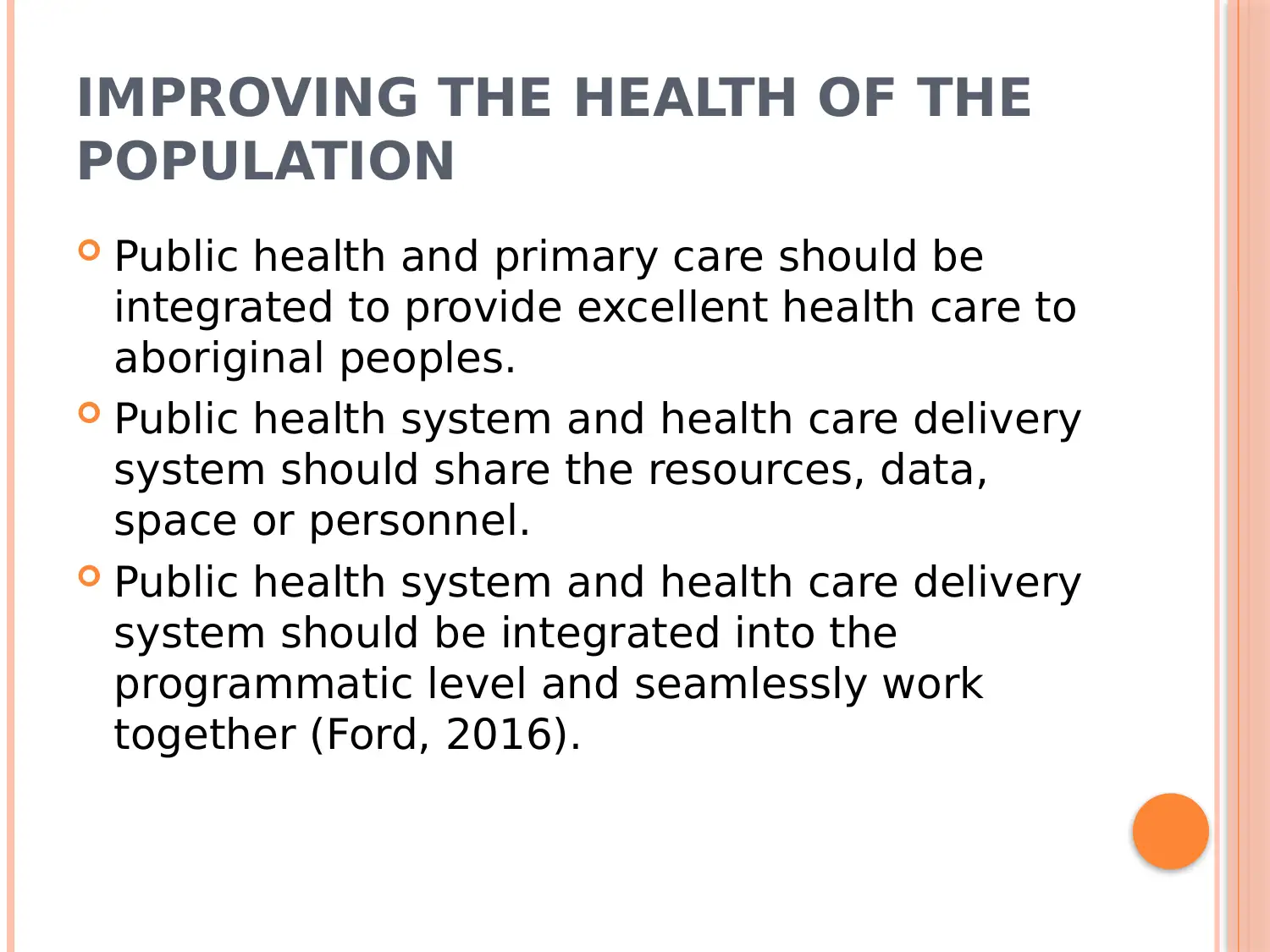
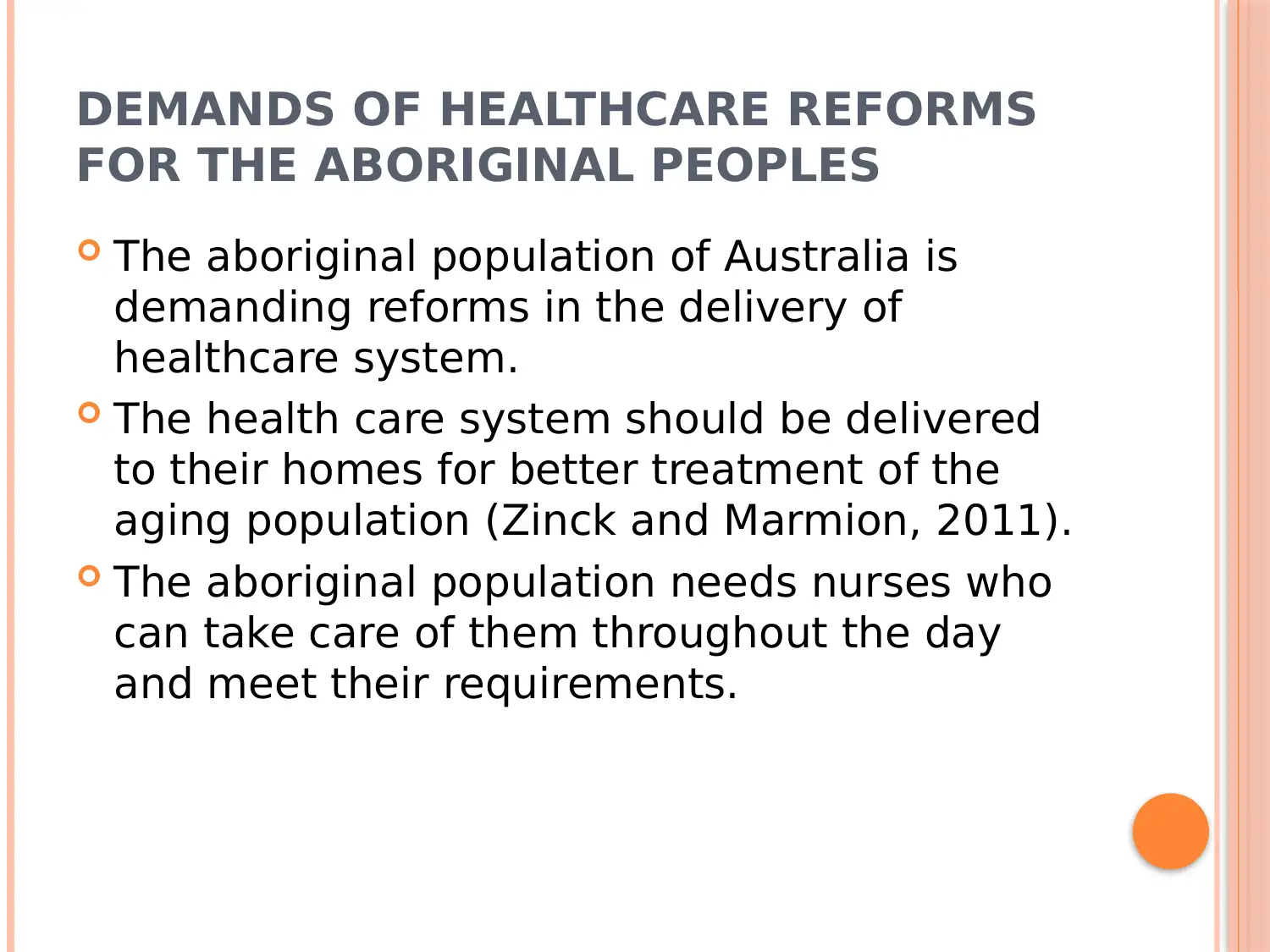
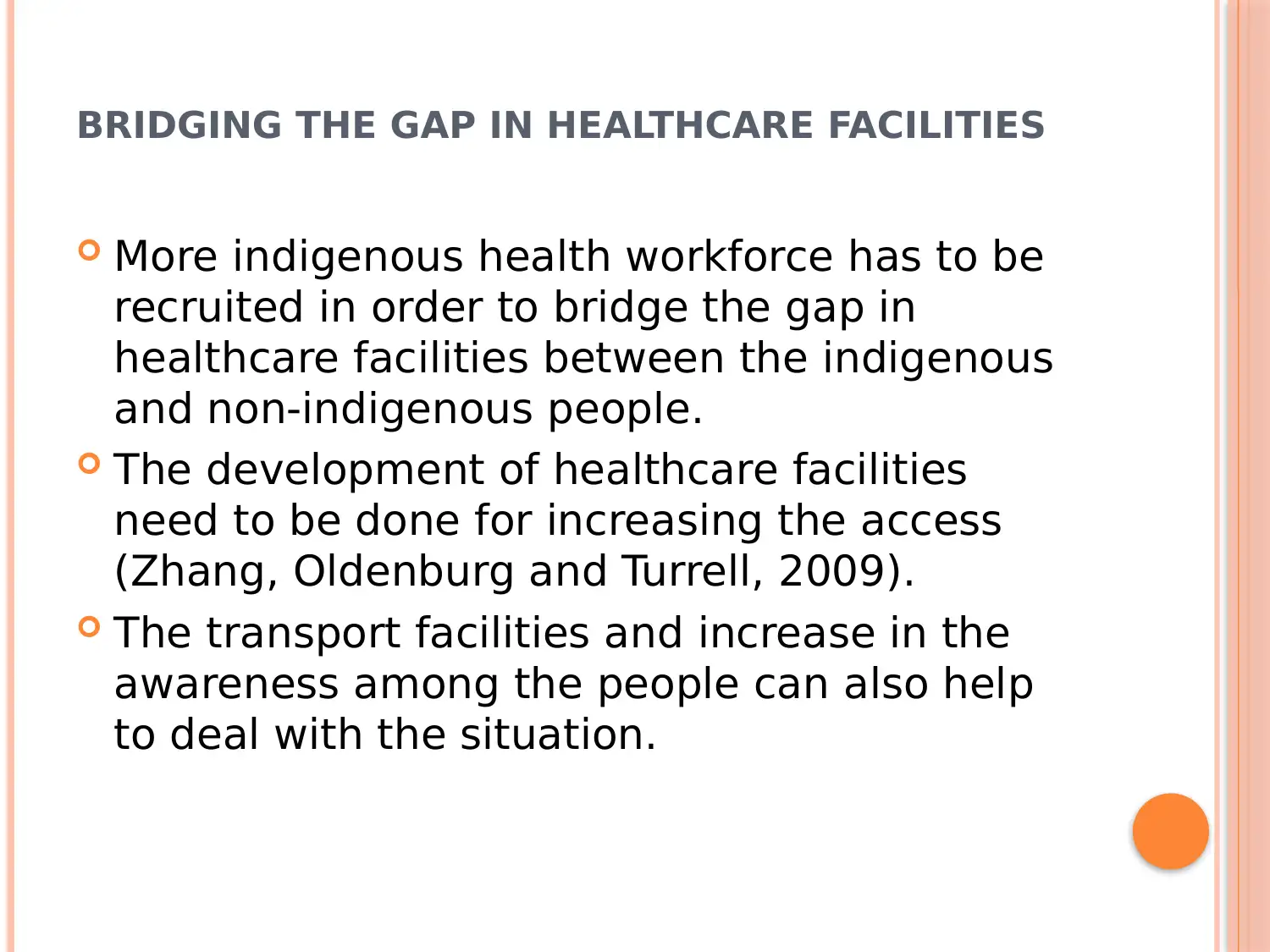
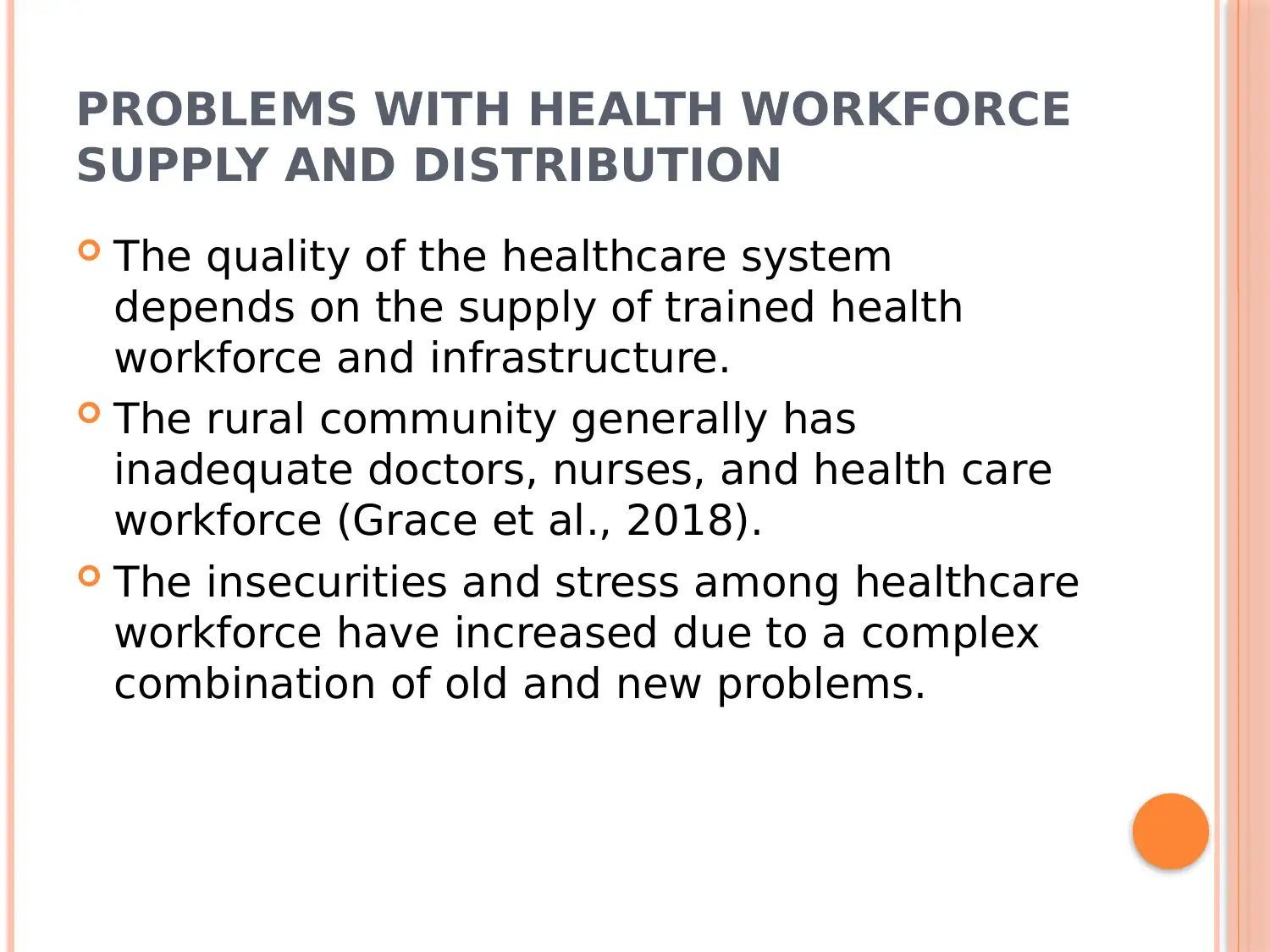





![[object Object]](/_next/static/media/star-bottom.7253800d.svg)